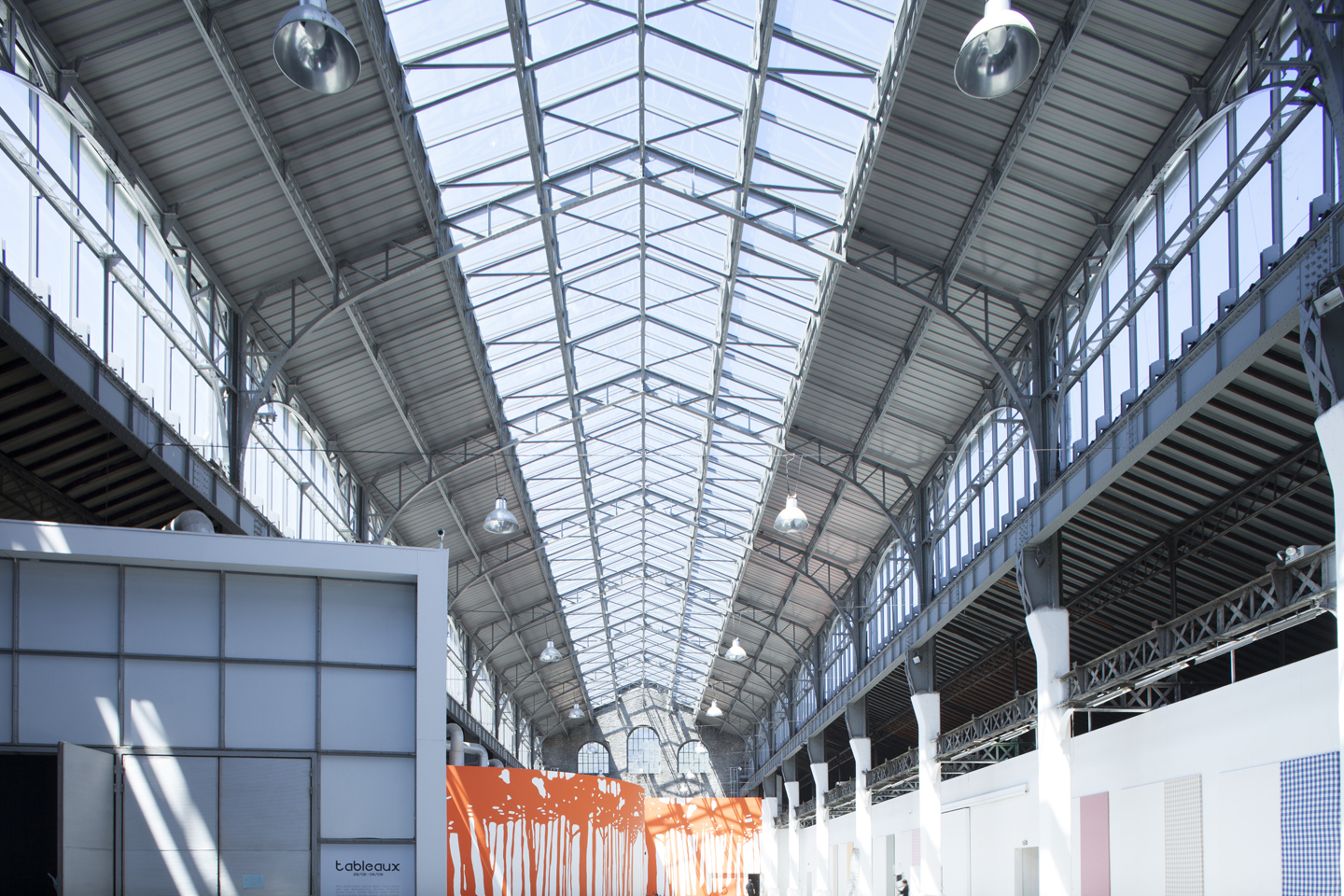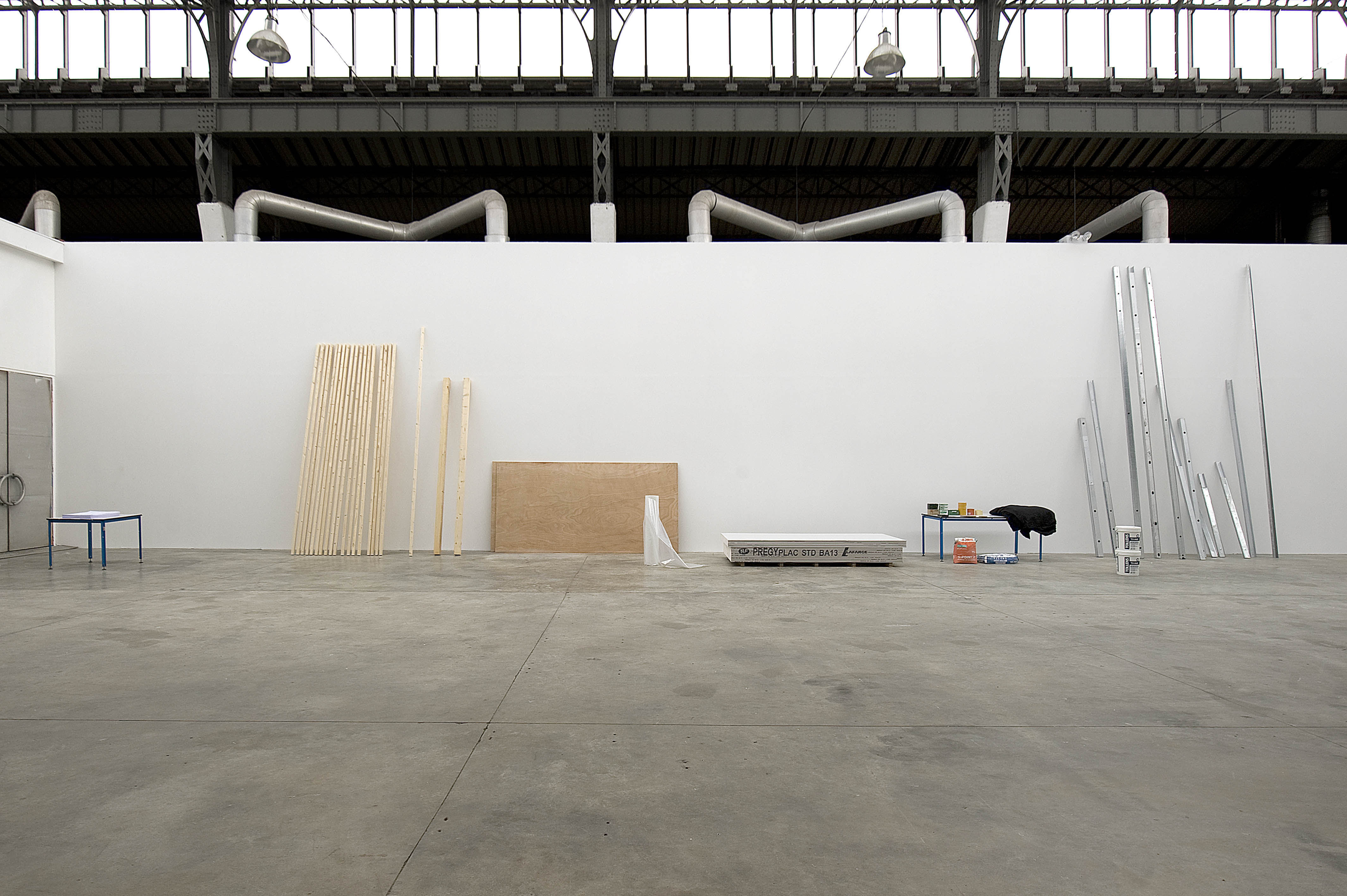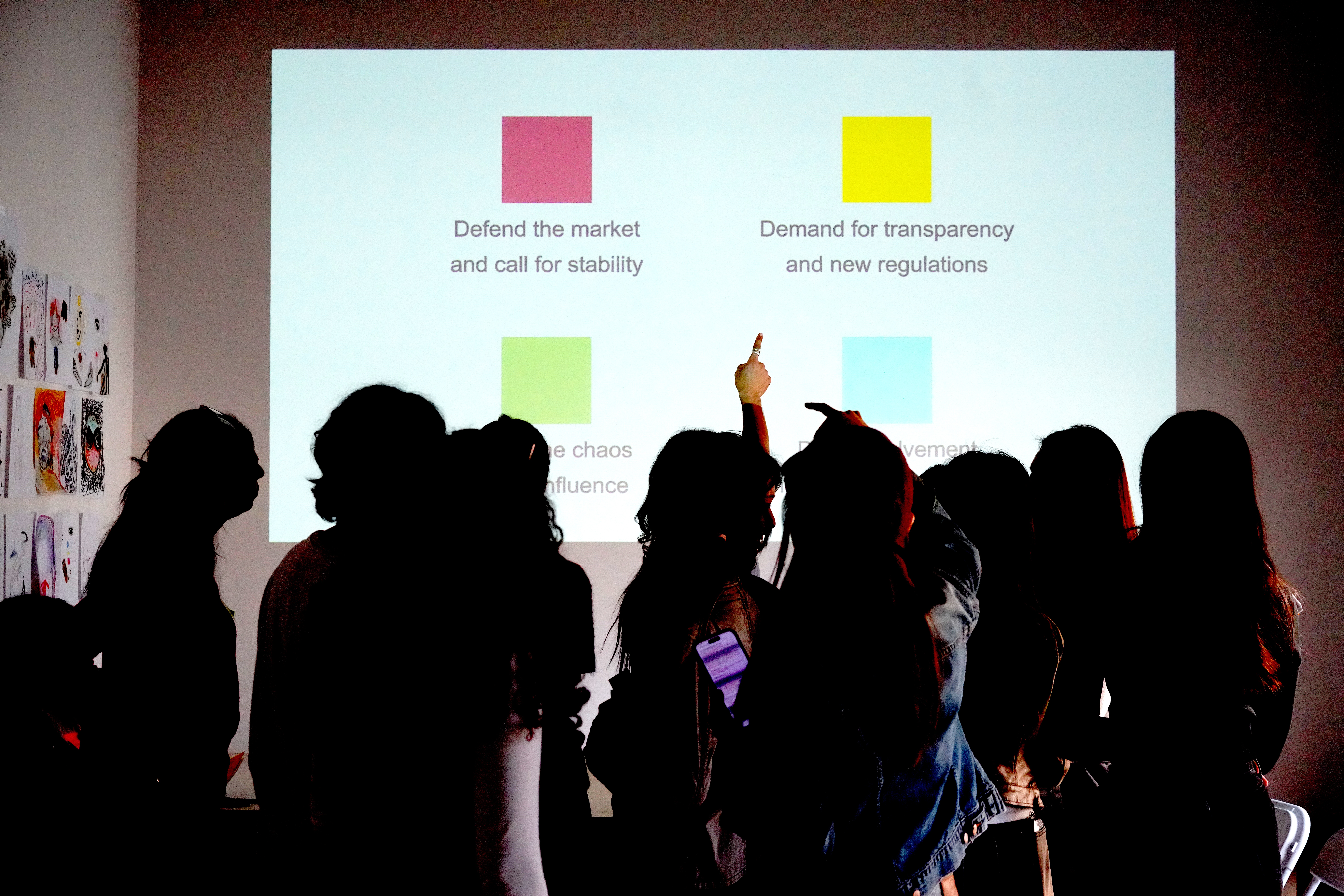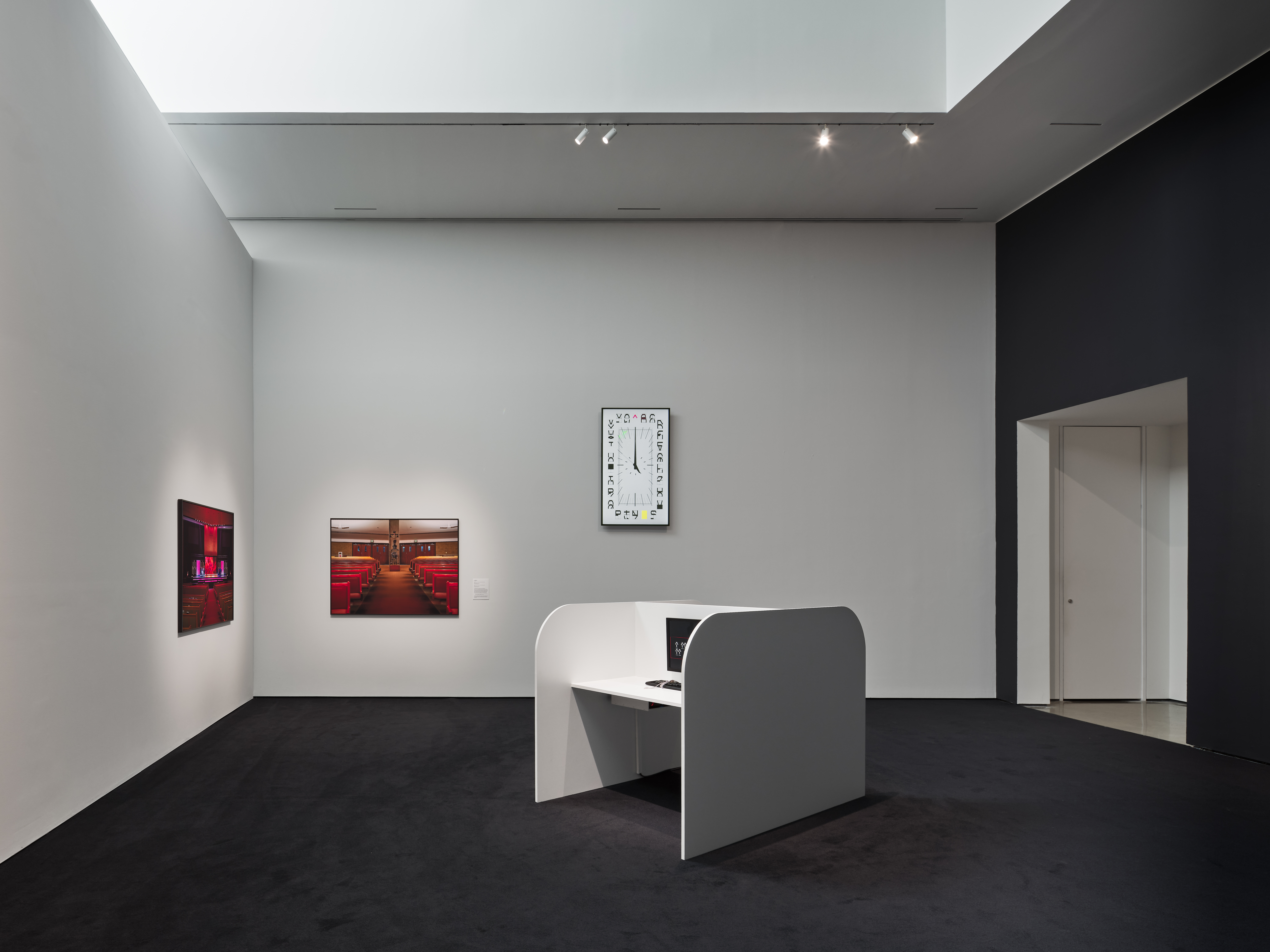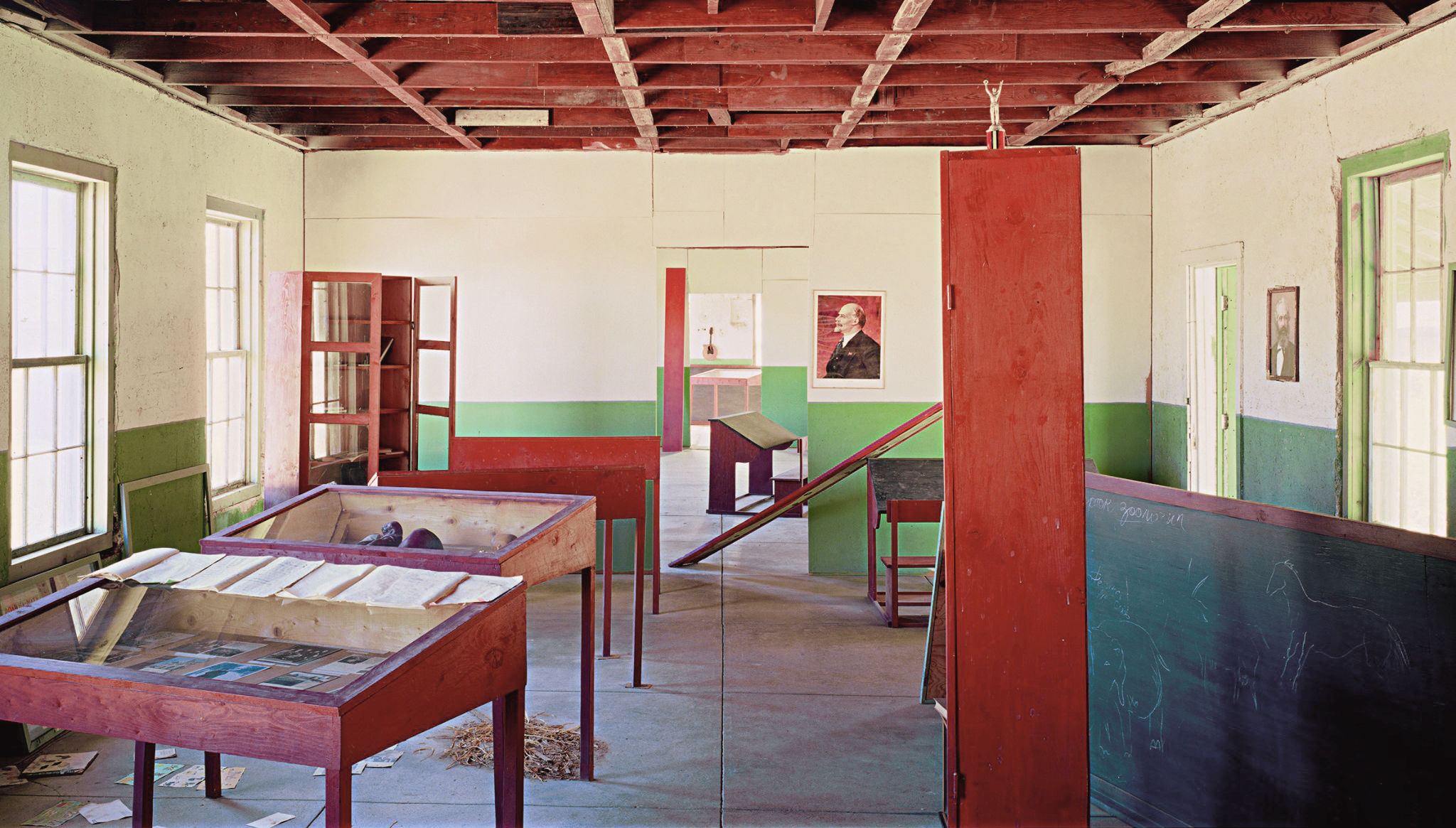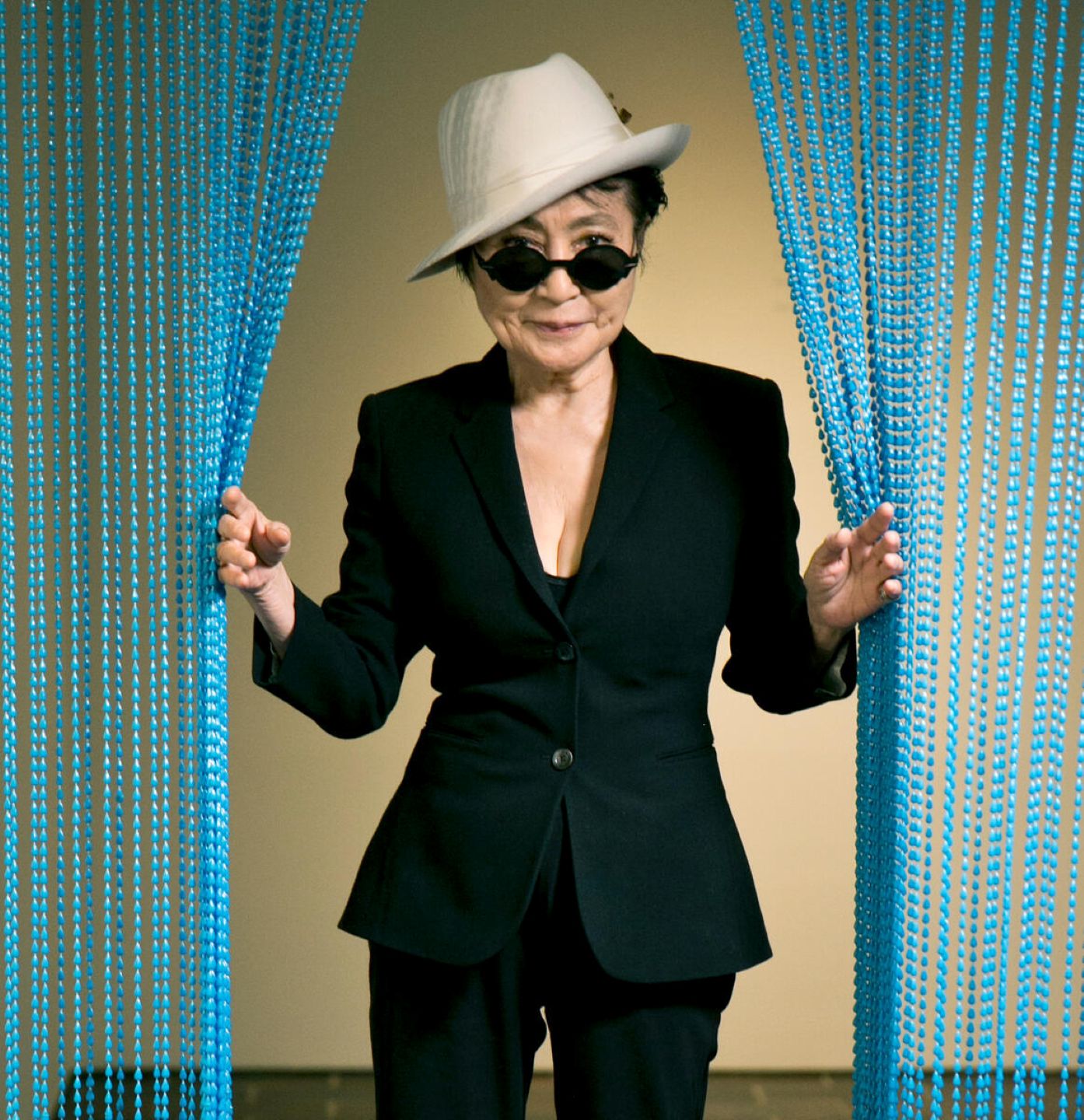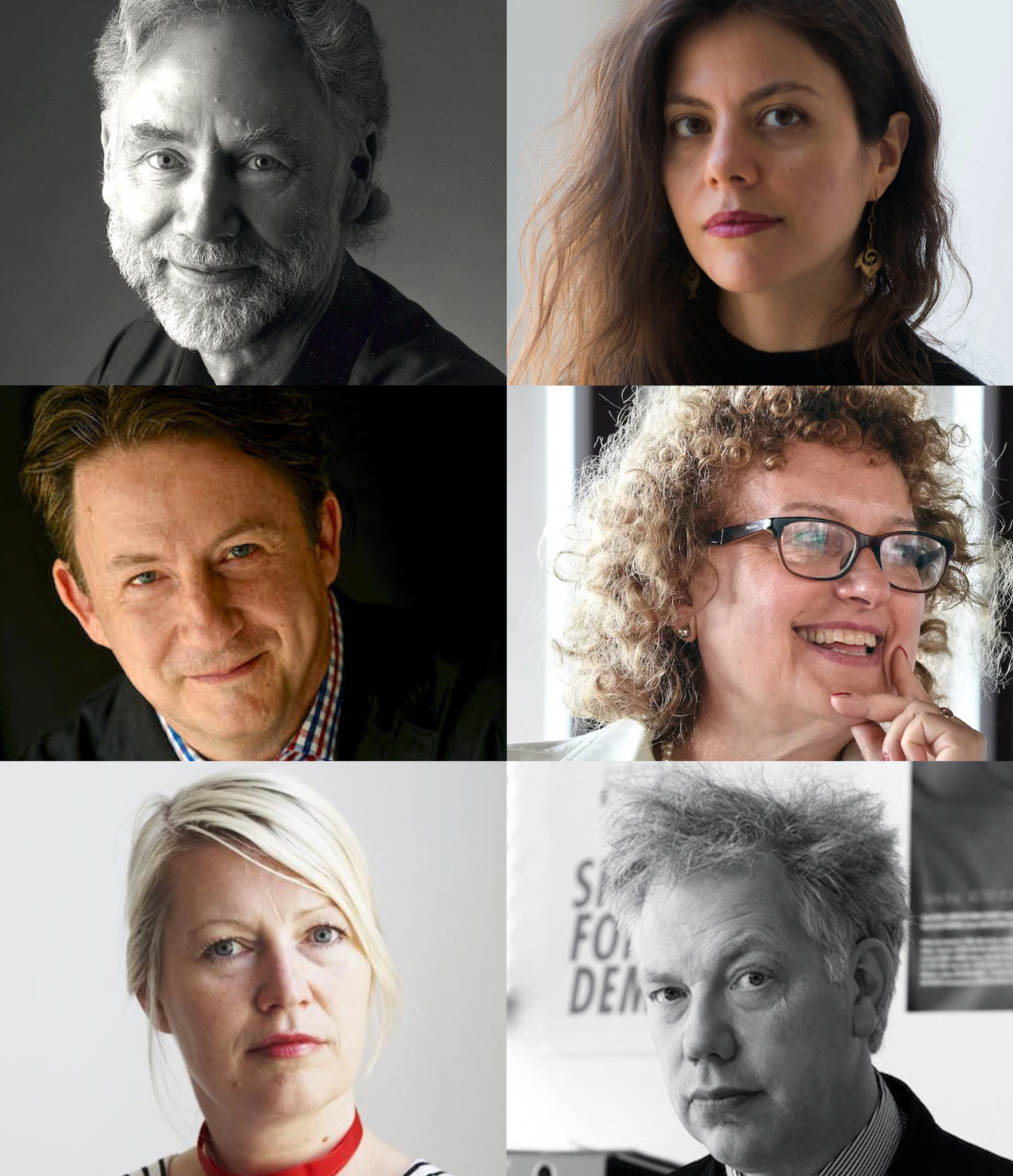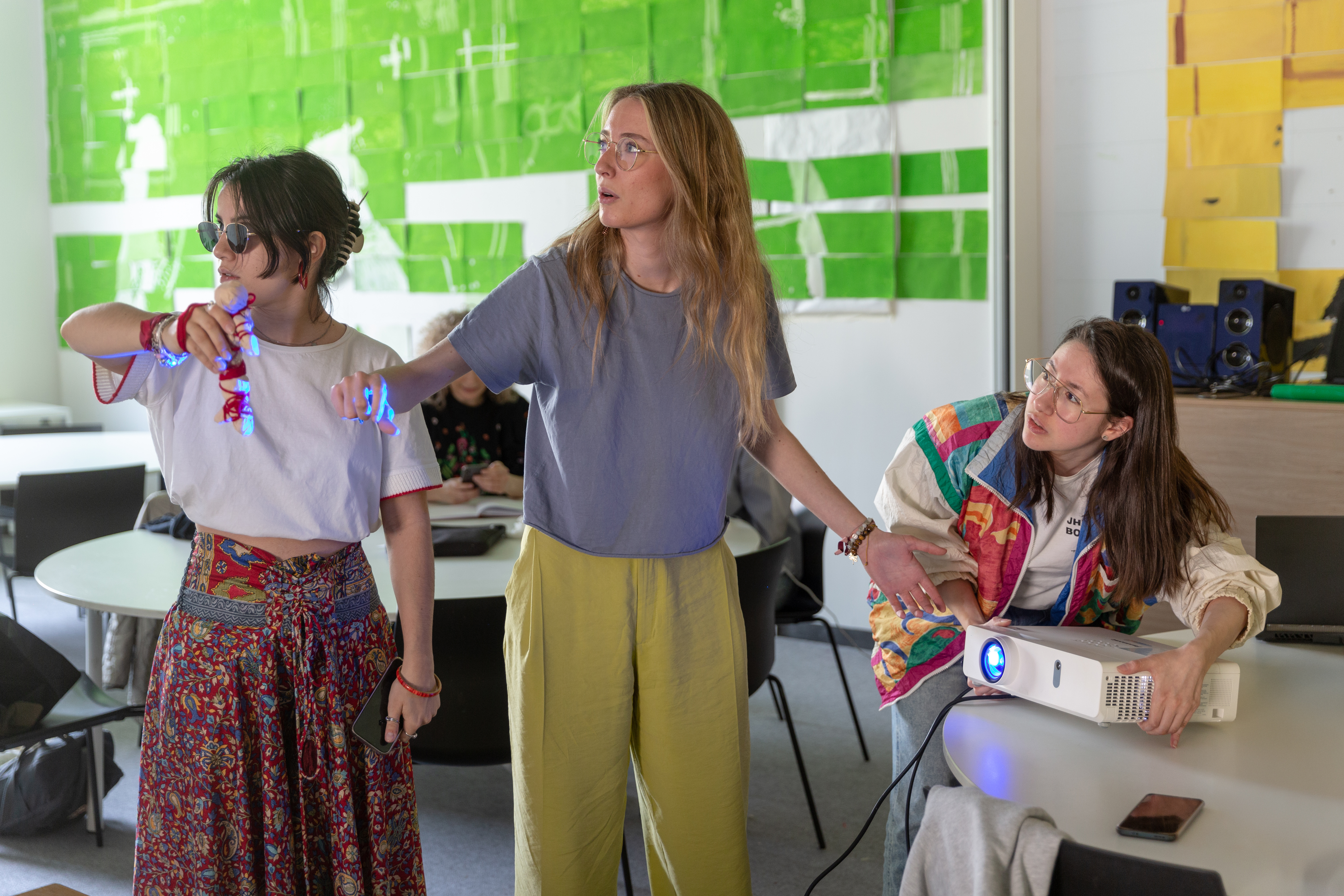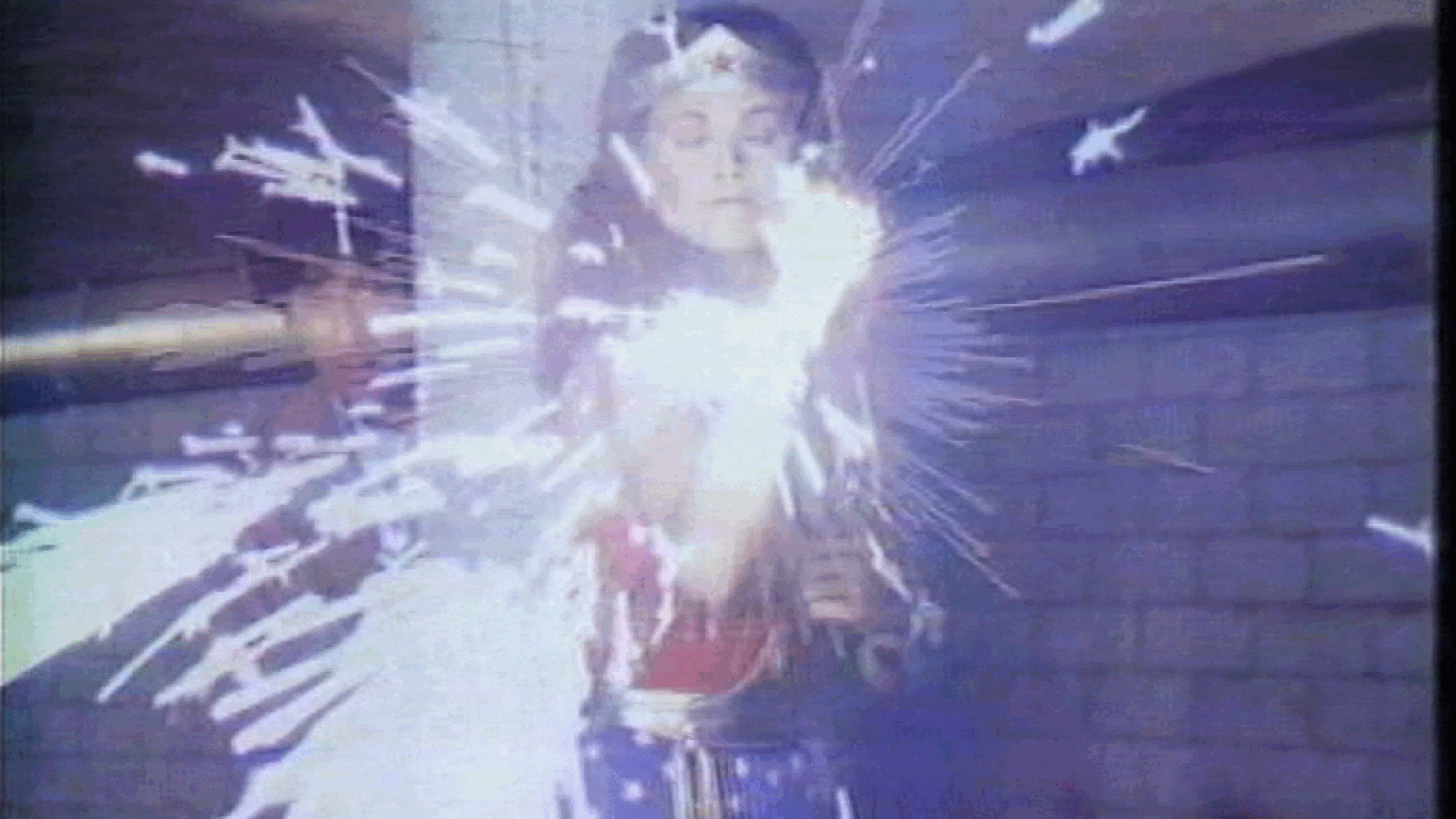This text is the second part of a paper on the history of the École du Magasin, the first curatorial program in Europe, which came to an end in 2016. The first part, by Michela Alessandrini, Lore Gablier, and Estelle Nabeyrat, focused on the evolution of the École and its methodologies, trajectories of curatorial practice over the last three decades, and the circumstances that led to the program’s end and the creation of the Atelier des Horizons. Here, we consider the École’s history and fate within broader societal frameworks, especially the transformations in the political and educational landscapes that occurred during its existence.
Ten years after the 2008 global financial crisis, Western governments have implemented fiscal austerity measures to service debt, exacerbating the overlapping crises of widespread economic inequality and the dismantling of the social safety net. Feelings of anguish, disaffection, and distrust are on the rise, blurring priorities. Art and its institutions have been left fundamentally vulnerable, marked by persistent economic uncertainty and subjected to sweeping budget cuts. Publicly funded institutions are in survival mode, accepting often controversial corporate sponsorships and private donations to maintain solvency and adopt visitor numbers as the primary metric of success. An aversion to art and culture has grown, promoted by some of the most reactionary voices, such as the far-right Dutch politician Geert Wilders, who declared that “hardworking Dutch citizens should not have to facilitate the needs of artists who, in practicing their subsidized or ‘left-wing’ hobby, feign work thanks to state injections.” [footnote For an analysis of the circumstances surrounding Geert Wilders’s 2011 declaration and the implications of budget cuts to Dutch cultural funding, see Moosje Goosen, “Going Dutch,” Frieze, January 1, 2012 →.] Artists have become a political construct set in opposition to another political construct: the people. The bias conflating culture with elitism ridicules and homogenizes artists and their work, as well as people’s desires and needs. This dynamic has forced many art institutions—like the Magasin des Horizons—into an identity crisis, compelling them to reassess their positions and responsibilities, for better or worse.
Public investment in art and culture is not a distant memory, and the dramatic changes to cultural policy enacted in France at the time of the École du Magasin’s founding reverberate in the present. Under the leadership of Jack Lang, the Ministry of Culture established the Troche Commission in 1981 to implement a strategy of cultural decentralization. [footnote The Michel Troche Commission, or Commission de la réflexion sur les arts plastiques, was formed in 1981. A February 1982 report submitted to the Ministry of Culture advanced a number of proposals, including the creation of regional contemporary art collections, the Fonds régional d’art contemporain (FRAC). Today, the FRAC form a network of twenty-three public collections of contemporary art across France.] The commission had two main goals: to enhance the country’s reputation on the international art scene and to provide people access to contemporary art in regions deprived of any dedicated infrastructure for it through the creation of regional art centers based on the Kunsthalle model in Switzerland, Germany, and Austria. The Ministry of Culture’s budget doubled in 1982, public money flowed into the cultural sector, and contemporary art centers around the country opened their doors. Though initially appealing, this new cultural policy signaled a shift toward an economic interpretation of culture and precipitated the rise of the “creative industry.” A new state apparatus in the field of visual arts led to the recruitment of government art workers whose role combined support with observation and evaluation, influencing art institutions’ tastes and budgets. Decentralization was not just territorial but semantic: culture and mass culture were increasingly merged, marking a rupture with André Malraux’s more traditional top-down approach to democratizing culture two decades earlier. [footnote André Malraux, as the minister of cultural affairs, summarized his mandate as a mission “to make the greatest works of humanity accessible to the largest number of people.” However, Malraux’s democratization of art entailed only transplanting metropolitan tastes to the provinces rather than embracing the diverse cultures the latter offered.] This strategy also fulfilled the prediction of Guy Debord’s The Society of the Spectacle, namely the increasing subjection of social life to economic imperatives. [footnote In the seventeenth thesis of The Society of the Spectacle, first published in French in 1967, Debord writes: “The first phase of the domination of the economy over social life had brought into the definition of all human realization an obvious degradation of being into having. The present phase of total occupation of social life by the accumulated results of the economy leads to a generalized sliding of having into appearing, from which all actual ‘having’ must draw its immediate prestige and its ultimate function.” Guy Debord, The Society of the Spectacle (Detroit: Black & Red, 1970).]
It is in this paradoxical context that Jacques Guillot instituted an art center and training program dedicated to the production and presentation of exhibitions of contemporary art. Not without humor or provocation, Guillot named the program a “school” as an invitation to move away from institutional pedagogy and promote alternative methodologies and modes of learning. The first participants in the École were not curators but médiateurs, echoing the Ministry of Culture’s mandate to transmit art to all corners of France and to all French people. Experimentation and peer learning distinguished the pedagogy and philosophy of the École du Magasin from the beginning, and as the program developed, it established new curatorial methodologies and practices. The École preceded the curatorial boom, and what began as a response to the changing art landscape in France inevitably contributed to the creation of a new, formalized vocabulary of curating and the increasing professionalization of the curator in the cultural sector. The number of courses dedicated to curatorial studies increased in step with this professionalization. In 1992, five years after the creation of the École du Magasin, the two-year master’s curatorial program at the Royal College of Arts and the Sciences et Techniques de l’Exposition program at the Université de Haute-Bretagne, Rennes, were both inaugurated. De Appel’s curatorial program was launched in 1994, followed by the MFA in Curating at Goldsmiths, University of London, in 1995, and the Konstfack CuratorLab in 1999. A set of curatorial tools (specific syllabi and bibliographies, debate platforms, and networks) appeared in this decade, furthering the development of curatorial discourse and its relevance in art history, as well as a brand-new field of study: exhibition history. In 1999, the Bologna Process was launched to create the European Higher Education Area, establishing the European Union as the world’s largest knowledge economy. To date, forty-eight countries have joined the EHEA and implemented reforms that allow for comparative rankings among European schools; art schools, in turn, have been compelled to refashion their curricula to compete beyond their regional and national reach. As Ute Meta Bauer wrote in the essay “Under Pressure”: “The art schools and universities—previously more free and open zones for experiments—gradually became incorporated into a suspiciously commodified system… MA courses have expanded both in the field of artistic education and curatorial studies to serve an ever-growing market.” [footnote Ute Meta Bauer, “Under Pressure,” in Agonistic Academies, eds. Jan Cools and Henk Slager (Utrecht/Brussels: maHKU/Sint Lukas, 2011), 9.] The implementation of the Bologna Process signified a paradigm shift, and the ensuing growth in doctorate programs in artistic research furthered the specialization of curatorial studies.
In the post-Bologna era, the philosophy and methodology of independent studies at the École du Magasin’s core was steadily undermined. The institutionalization of curatorial studies rendered degree-holding a prerequisite for employment, barring many uncredentialed curators from teaching, and instilled careerist expectations in potential curatorial students. By resisting any form of academization, however, the École succeeded in providing a platform to critically engage with curatorial practice, and significantly contributed to debates about the role of the curator in broader societal frameworks. As Andrea Bellini noted in the 2006 article “Curatorial Schools: Between Hope and Illusion”: “Compared to the other programs, which emerged within universities and are thus conditioned by their rules, the École has benefited from a particularly flexible structure which has allowed it to adapt its teaching methods over time.” [footnote Andrea Bellini, “Curatorial Schools: Between Hope and Illusion,” Flash Art 250 (October 2006).] The École remained tuition-free throughout its existence, contrary to comparable programs, and hosted a significant number of international participants, despite the difficulty of obtaining visas as a non-degree-granting program. [footnote Current annual tuition at De Appel curatorial program, for instance, stands at €7,000; fifteen months in the Royal College of Art MA program totals £14,500–34,000, depending on the candidate’s country of origin.] By providing affordable curatorial education to ethnically and socioeconomically diverse students, who brought with them different educational histories and perspectives, the École inevitably challenged the hegemonic history of art and exhibition-making. It expanded curating into new experimental formats beyond the usual contexts of fetishized and commodified art and the established cultural authority figures.
The last three decades of economic and societal transformations have deeply influenced the evolution of curatorial practice as well. By the end of the 1990s, the curateur—a term often rejected in the French academy for being both an Anglicism and a neologism—supplanted the médiateur. The latter recalls the origins of curatorial practice and, to a large extent, its very essence: the spirit of collaboration with artists and cultural producers for the sake of realizing a project that is meant to be shared with the wider public. The médiateur is then a facilitator or intermediary transformed into an independent creative agent. The curateur (which was introduced to the École in 1996 by Catherine Quéloz) points to a conceptual and formal expansion of the practice of exhibition-making that implies that collaboration with artists does not have the sole purpose of presenting works in a dedicated physical space, namely the white cube. As the term rose in prominence, the "curatorial" was the subject of harsh and often uninformed criticism. However, the kind of curatorial authorship advanced by Harald Szeemann that tended toward a model of self-promotion and self-centered individuality gained traction, a reflection of the neoliberal economy that was imposed as the only viable economic model in an increasingly globalized cultural sphere. As Anton Vidokle has observed, “It’s not coincidental that the rise of the ‘independent curator’ has taken place alongside a pattern of increasing privatization over the past couple of decades in the cultural field. Curators and institutions of art, whose authority is in part derived from representing public interests and being responsible to the public, are increasingly becoming private agents guided largely by self-interest.” [footnote Anton Vidokle, “Art Without Artists?” e-flux journal 16 (May 2010) →.] Since the École’s founding, curating has become a much more fashionable exercise, applicable to cooking, fashion, event planning, and so on. Furthermore, with the rise of the social media, “curating” has come to signify a style of narcissistic persona cultivation in the race-to-the-bottom attention economy.
From the multiplication of master’s programs and pop-up courses to the rapidly changing cultural, economic, and political contexts, the fate of the École du Magasin was somewhat inevitable. Its unceremonious end is symptomatic of the cultural expectations and tendencies of our time, in which art’s relevance is assessed in terms of impact and profit: its capacity to solve concrete problems, or as Jack Lang had assumed, to yield material benefits. Art has been trapped in a profound paradox experienced by many individuals: blame for structural problems that it alone cannot solve. Even with the best intentions, treating the symptoms does not always cure the disease. The structural reasons for the precarity many art workers and art institutions face today cannot simply be altered through naive acts of resistance and shallow attempts to enhance collectivity and participation. Doing so risks halting the political momentum and broad alliances required to stimulate large-scale, systemic change. In our ruptured and complex environment, one of the characteristics that art has defended is its relentless will to examine its own nature and purpose. Urgent questions related to agency, accountability, and reach are being put up for discussion by artists, curators, and institutions alike.
In an interview for the research project Calling Back: École du Magasin (1987–2016), Victoire Dubruel, a close collaborator of Jacques Guillot and Le Magasin’s first director of international relations, said:
If we now want to be as experimental or as close to what is being done, to what is emerging, I think that we should be elsewhere. We should, for instance, be with people who reflect on the question of the commons, [footnote Related to art, the theory of the commons has been widely developed by Museo Nacional Centro de Arte Reina Sofía director Manuel Borja-Villel, notably through a series of panels and writings conceived by L’Internationale network. For Borja-Villel, the museum—or the archive—of the commons goes against the idea of the museum as the sole owner of a collection, and affirms that “everything should be available to everybody, and knowledge should be shared as much as possible … The more we give, the richer we are”. Quoted in Michela Alessandrini, “The Network Archive,” an interview with Manuel Borja-Villel, in Curatorial Archives in Curatorial Practices (Istanbul: SALT, upcoming 2018).] who experiment with other artistic practices. The École du Magasin was thought of as a response to what seemed to us to be a need at a given moment. The whole situation has evolved. So in a way, it doesn't shock me that it ended.
Indeed, the world around the École has evolved, but in this narrative, something does not change: the cycle of the seasons. Every year, winter returns, and those of us in colder climates seek warmth indoors. In a September 2017 interview with Le Petit Bulletin, Grenoble’s local newspaper, Béatrice Josse explained that exhibitions at the Magasin des Horizons were suspended because the heat in the galleries had stopped working. [footnote See ‘Béatrice Josse: “L’art contemporain, c’est autre chose que des expositions,” Le Petit Bulletin, September 26, 2017 → Fixing this issue was a top priority to create “more convivial spaces, meeting spaces, and a shared workshop” in line with the program that she proposed as the new director, which in itself was a rejection and disregard of the institution’s legacy. Le Magasin and the École were forced into obsolescence. The heating issue—really the lack of funds to resolve it—was a pretext for dismantling an art center and school that were distinguished by rigorous exhibition programming and innovative curatorial pedagogy. The end of Le Magasin and the École exemplify the risk organizations of art and education face working outside the forces of institutionalization while being subject to unrealistic expectations and chronic disinvestment: the heat goes out.
—Michela Alessandrini and Lore Gablier
For an analysis of the circumstances surrounding Geert Wilders’s 2011 declaration and the implications of budget cuts to Dutch cultural funding, see Moosje Goosen, “Going Dutch,” Frieze, January 1, 2012 →.
The Michel Troche Commission, or Commission de la réflexion sur les arts plastiques, was formed in 1981. A February 1982 report submitted to the Ministry of Culture advanced a number of proposals, including the creation of regional contemporary art collections, the Fonds régional d’art contemporain (FRAC). Today, the FRAC form a network of twenty-three public collections of contemporary art across France.
André Malraux, as the minister of cultural affairs, summarized his mandate as a mission “to make the greatest works of humanity accessible to the largest number of people.” However, Malraux’s democratization of art entailed only transplanting metropolitan tastes to the provinces rather than embracing the diverse cultures the latter offered.
In the seventeenth thesis of The Society of the Spectacle, first published in French in 1967, Debord writes: “The first phase of the domination of the economy over social life had brought into the definition of all human realization an obvious degradation of being into having. The present phase of total occupation of social life by the accumulated results of the economy leads to a generalized sliding of having into appearing, from which all actual ‘having’ must draw its immediate prestige and its ultimate function.” Guy Debord, The Society of the Spectacle (Detroit: Black & Red, 1970).
Ute Meta Bauer, “Under Pressure,” in Agonistic Academies, eds. Jan Cools and Henk Slager (Utrecht/Brussels: maHKU/Sint Lukas, 2011), 9.
Andrea Bellini, “Curatorial Schools: Between Hope and Illusion,” Flash Art 250 (October 2006).
Current annual tuition at De Appel curatorial program, for instance, stands at €7,000; fifteen months in the Royal College of Art MA program totals £14,500–34,000, depending on the candidate’s country of origin.
Anton Vidokle, “Art Without Artists?” e-flux journal 16 (May 2010) →.
Related to art, the theory of the commons has been widely developed by Museo Nacional Centro de Arte Reina Sofía director Manuel Borja-Villel, notably through a series of panels and writings conceived by L’Internationale network. For Borja-Villel, the museum—or the archive—of the commons goes against the idea of the museum as the sole owner of a collection, and affirms that “everything should be available to everybody, and knowledge should be shared as much as possible … The more we give, the richer we are”. Quoted in Michela Alessandrini, “The Network Archive,” an interview with Manuel Borja-Villel, in Curatorial Archives in Curatorial Practices (Istanbul: SALT, upcoming 2018).
See ‘Béatrice Josse: “L’art contemporain, c’est autre chose que des expositions,” Le Petit Bulletin, September 26, 2017 →
